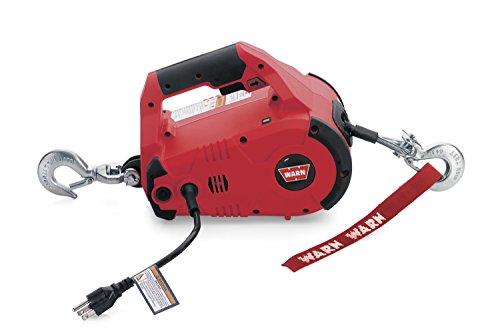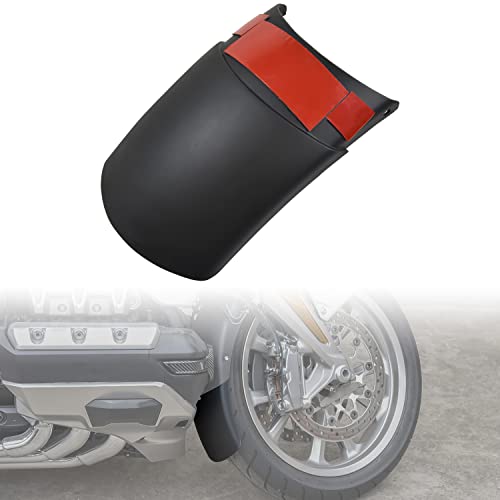Spark Plug 101 – my understanding of an engine part that doesn’t get a lot of recognition, and more adventures with the new ECU for my ’85 GW. Will be investigating how the plugs are fairing in my '85 GW. Lots of things to consider.
These components come in varying sizes, heat ranges, and have only two reasons for being. First is to provide a spark to the air-fuel mixture to combust the fuel for engine operation, second is to remove heat from around the spark plug electrode to ensure proper operation – minimize electrode gap and ground strap deterioration. Simple.

When you search for information regarding “reading” a spark plug, there is a lot more to these small innocuous spark plugs. What is there to learn from a spark plug, remove it from the engine and if it looks not too bad, not coated in a dry soot or anything else, good to go – not.
Spark plugs provide an indication of the air-fuel mixture, engine timing and spark plug heat range. This information, in conjunction with the other tools in your tool kit, allow you, the tuner, to produce a better engine tune.
Let’s start with the air-fuel mixture. Where do you look to determine the true air-fuel mixture? It is not at the tip of the spark plug. I have been under this misconception forever, because if the plugs are determined to be faulty, just replace these with new, easy. Unfortunately, the same issues that caused the replaced spark plugs to fail will ultimately get these new spark plugs as well.
Where do you look to determine if the engine has a rich fuelling environment or a lean fuelling environment. Not at the tip, but at the base of the electrode porcelain. The issue with this is that you cannot really see the base of the electrode porcelain to make an educated decision regarding the air-fuel mixture. This is valid for carbureted and EFI engines. You need to take the spark plug apart to get at the needed area. There are a bevy of tools and ways to do this, pick one and go.
You need to remove the outer case covering the electrode porcelain. Some use a lathe, others a hack saw, even a hole saw.
This picture illustrates what is meant by removing the outer casing:

You can see that the electrode porcelain is now exposed for “reading”.
The industry standard appears to be a thin 0.100” air-fuel mixture line at the base of the electrode porcelain:

This picture clearly shows the air-fuel mixture line at the base of the electrode porcelain. It is a line about 0.100” wide, and is apparently near perfect for the engine it is installed in. Having an air-fuel mixture line twice this width should not be of concern. Having an air-fuel mixture line 3 times this width may require a change in carburetor tuning, smaller jet size(s), or adjusting the VE table in an EFI system. Having an air fuel mixture such that the entire electrode porcelain is covered is not an optimal situation.
In order to get a good indication of the air-fuel mixture fuel line, you need to have a new set of spark plugs installed, go driving wherever, but for a good amount of time. Return back home or wherever you work on your vehicle and remove the spark plugs immediately, or as soon as possible. You then want to take these plugs apart.
Note the cylinder that each plug came from. Not too important with a carbureted engine, but can be of importance with an EFI engine.
Having taken the plugs apart, you can then discern where the air-fuel mixture fuel line is. If you continue to drive your vehicle, you will contaminate the air-fuel mixture fuel line. This is where the electrode starts to change colour over the whole of the electrode porcelain. Contamination is not to infer that thee spark plug is faulty, only that determining the air-fuel mixture fuel line is more difficult to determine. The pictures below illustrate what is meant by contamination:


Ignition timing is always an issue regardless of the ignition/fuel system. Is there enough, not enough, or just right. To get an indication of the engine ignition timing, the ground electrode is used. The picture below illustrates a good ground strap colour should be when the engine timing is as good as it will probably get. The colour is symmetrical and the same from the tip of the ground strap to where it joins the spark plug case. The picture also illustrates the air-fuel mixture fuel line. The spark plug case and plug electrode are from the same plug indicating that the engine tune is quite good:

To further read the ground strap for engine timing, if the colour of the ground strap extends into the base of the plug case and even further into the plug case threads, too much timing. If the line on the ground strap is not at the base of the ground strap, but is higher up on the ground strap timing is being ******** and more timing is required. The reality is that a compromise will need to be found that ensures long plug life, and good engine operation and performance.
The last issue with a spark plug is heat range. This picture depicts how a plug heat range can be estimated using the plug case threads:

As the heat range increases, the more of the plug case threads will show signs of heat wear, in other words the sign of heat wear will travel from the part exposed to the engine cylinder up to where the plug is outside the engine cylinder.

This picture illustrates how the electrode porcelain affects plug heat range. The longer the insulator nose, the hotter the plug, conversely, the shorter the insulator nose, the colder the plug.
A hot spark plug is a plug which transfers heat slowly from the firing tip into the engine head, keeping the firing tip hotter. Detonation (engine knocking) or disintegrate centre electrodes are
too hot spark plug symptoms. Hot plugs are good for applications that operate mainly at low rpms. Because they have a longer insulator nose length, heat is transferred from the firing tip to the cooling system at a slower pace.
A cold spark plug is a plug which conducts more heat out of the spark plug tip and lowers the tip’s temperature. Cold plugs are ideal for high rpm engines, forced induction applications, and other instances where the engine produces high operating temperatures. Whether a spark plug is hot or cold is known as the heat range of the spark plug.
When the plug heat range is too high, although not as damaging as having a too low rated plug, the effects can still be detrimental to your engine. If a spark plugs temperature remains too low it can cause loss of ignition spark due to deposit build up on the firing end, which in turn will leave your engine struggling / down on power.
When the heat range is too low, it can be very damaging to your vehicle’s engine as the plug will overheat causing abnormal ignition firing (pre-ignition), that can lead to melting of the spark plug electrodes as well as piston seizure and erosion. If a spark plugs temperature remains too low it can cause loss of ignition spark due to deposit build up on the firing end, which in turn will leave your engine struggling, down on power.
A rule of thumb for plug heat range is; low power engines – low heat range or hot spark plug. For high power engines – high heat range or cold spark plug.
Another aspect of the spark plug industry is that different manufacturers have different heat range codes:

When testing for the correct heat range for your application, do not mix and match plugs, and do not make drastic, significant changes. Use one manufacturer and test within this manufacturer heat ranges. Unless you have a specific performance requirement, it is recommended that you stay with the OEM recommended plug. Mere mortals will probably not benefit, nor notice an engine operation or performance change using a different plug manufacturer or design.
Found three other plug issues that may be of interest.
The first one I will mention, is a plug with carbon tracks as illustrated below:

This is where there is a plug short and some of the coil charge is not reaching the plug electrode. Depending on the plug boot, you may also see coil charge tracks in the plug boot that match the carbon tracks on the plug. If you have carbon tracks on the engine plugs, check the operation of the engine at night and you might see a good light show.
Second is the corona stain, this is where the plug is not fully protected by the plug boot and crap/crud gets into the base area. This is not to infer that the plug is faulty, only that you need to address the issue of the plug boot not fitting properly.
The next issue is a pink/red discolouration of the plug electrode tip. This is a result of the additives in various fuels, and as mentioned above does not indicate a faulty plug.
There is a lot more information available to you on the internet for each of the issues mentioned. The pictures and information above is from research and information gleaned off the internet. I am not the author of this information, just summarizing what I think is relatively important, specifically for my understanding and GW project.
Cheers



































































